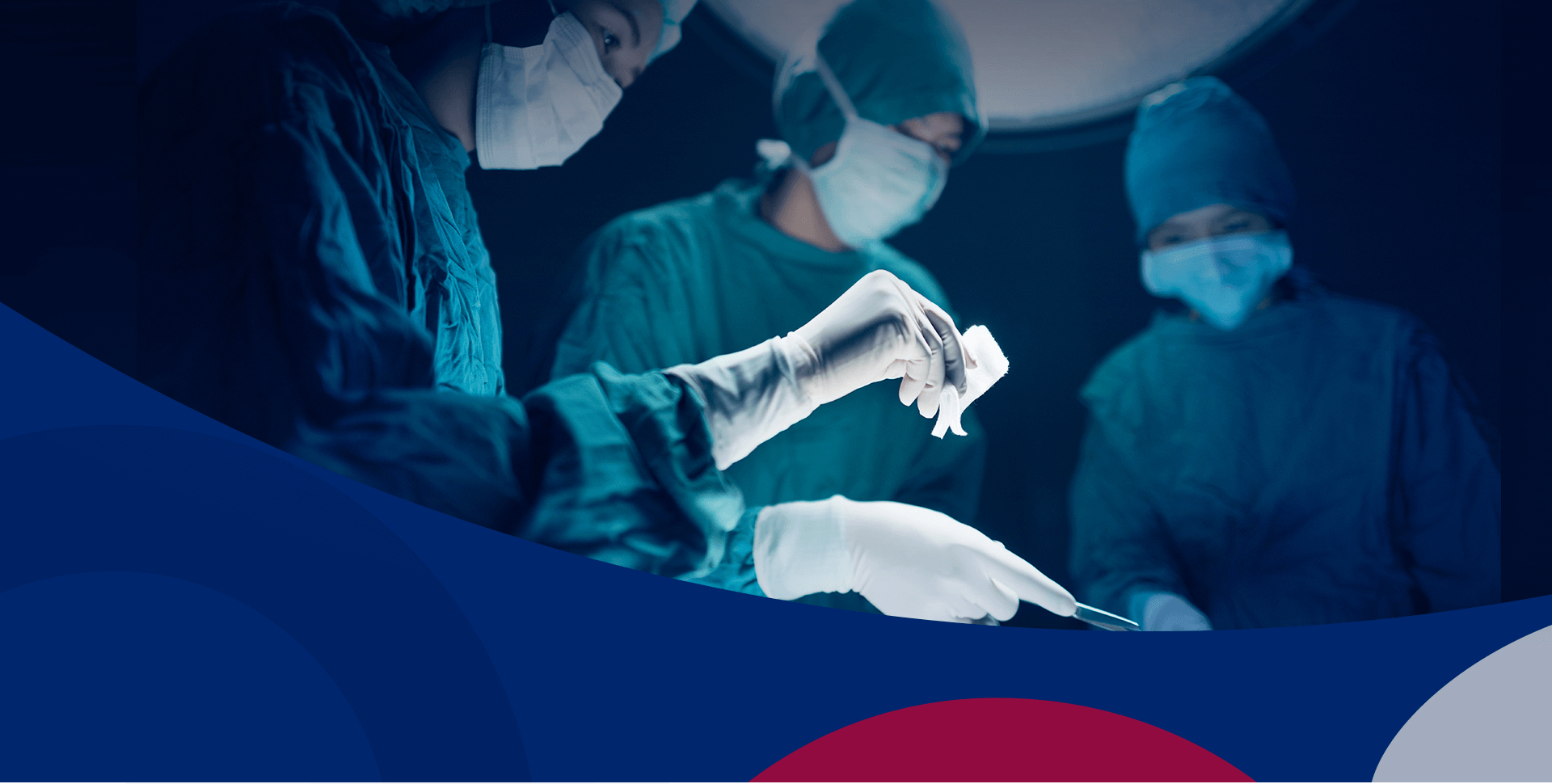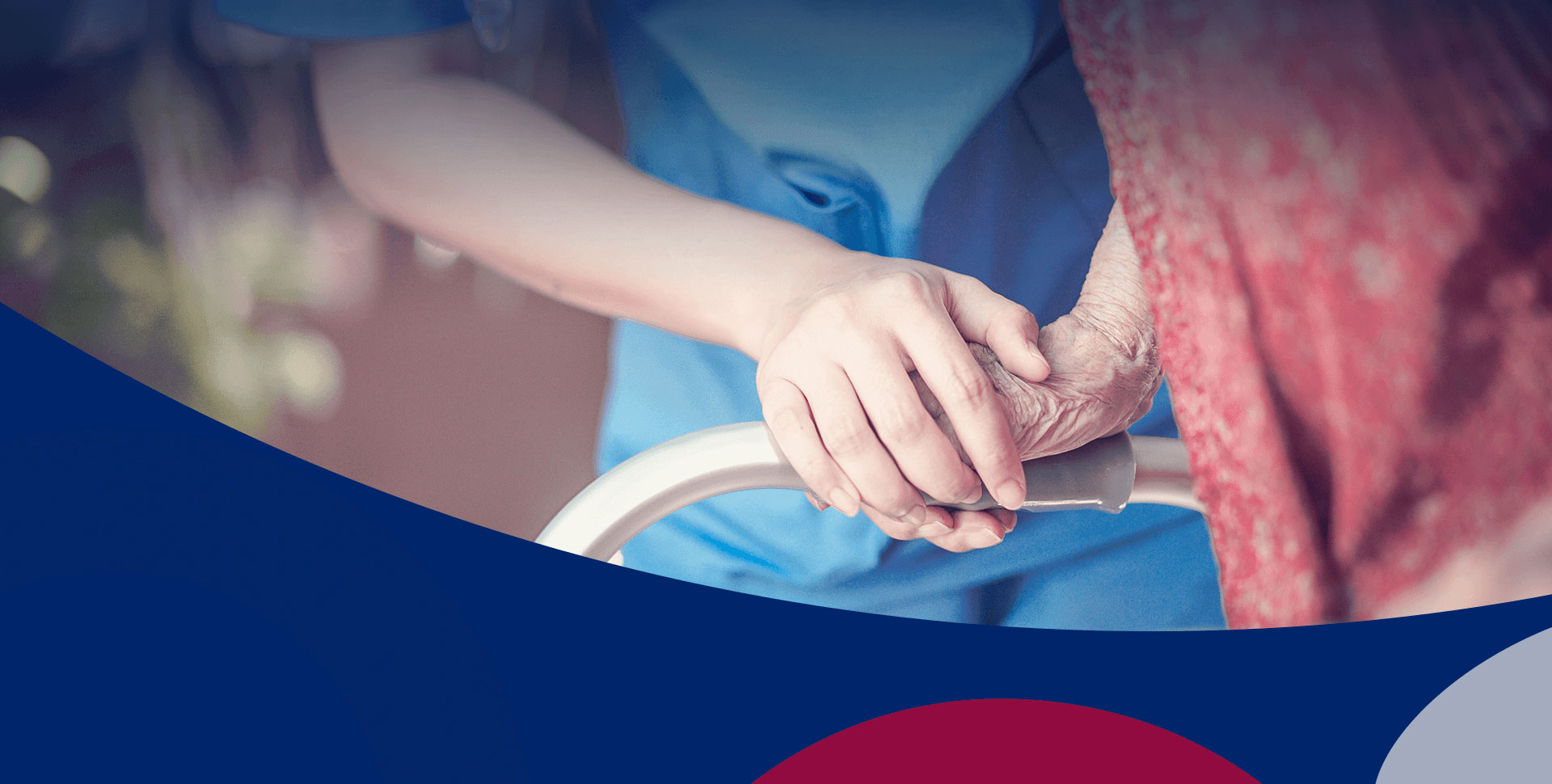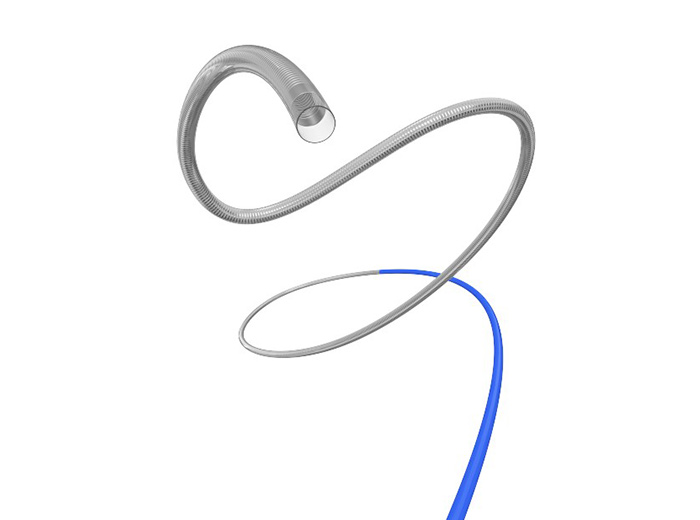the core of our corporate values
Application of Neuro Medical Devices on a Global Scale
Neuro medical devices are widely used internationally, covering various fields from diagnosis to treatment to rehabilitation. With the continuous advancement of medical technology, innovative neuro medical devices have been widely applied globally, providing more precise and efficient solutions for the diagnosis, treatment, and management of neurological diseases. This article will introduce some of the main applications of neuro medical devices internationally in detail.
Neuroimaging Devices
Neuroimaging devices, such as Magnetic Resonance Imaging (MRI), Computed Tomography (CT), and Functional Magnetic Resonance Imaging (fMRI), have been widely used globally. These devices can accurately display the structures of the brain, spinal cord, and peripheral nervous system, helping doctors with early diagnosis, monitoring changes in conditions, guiding treatments, and evaluating treatment effects.
For example, MRI and CT are widely used to diagnose brain diseases such as brain tumors, strokes, and cerebral aneurysms. Functional Magnetic Resonance Imaging (fMRI) can evaluate the functional activities of different areas of the brain, especially significant in the functional localization before neurosurgery, helping doctors to avoid damaging essential neural functional areas.
Neurointerventional Treatment Devices
Neurointerventional treatment devices, particularly in the treatment of cerebrovascular diseases, have become one of the core tools in clinical treatment. Neurovascular coils (such as GDC coils) have been widely used in the treatment of cerebral aneurysms. The coil is delivered into the aneurysm through a catheter to block blood flow into the aneurysm, thus preventing it from rupturing. This technology began to be used in the early 1990s, and through continuous innovation and development, it has become one of the standard methods for treating cerebral aneurysms.
In developed countries like the United States, Europe, and Japan, neurointerventional techniques such as cerebral aneurysm coil embolization are already very mature, and they have combined new technologies such as stent assistance and balloon assistance, achieving increasingly better results in treating complex aneurysms.
Additionally, devices such as neuroballoon catheters and neuro stents are also widely used in the treatment of cerebrovascular lesions, intracranial hemorrhages, arterial stenosis, and other diseases. Many advanced hospitals worldwide adopt these devices for minimally invasive surgeries, reducing surgical risks and shortening patient recovery times.
Neural Stimulators and Deep Brain Stimulation Devices
Deep Brain Stimulation (DBS) devices are currently important devices for treating neurological disorders such as Parkinson's disease, tremors, and depression. These devices adjust neural activities by stimulating specific areas of the brain through implanted electrodes, alleviating symptoms. The application of these devices is quite extensive in the United States and Europe, and DBS has become a standard treatment method, especially in treating Parkinson's disease.
In recent years, neural modulation devices (such as implantable neural stimulators) have shown great potential in treating chronic pain, depression, and other neurological diseases. These devices improve patients'symptoms by adjusting neural signals, thereby enhancing their quality of life.
The widespread application of innovative neuro medical devices globally provides more efficient and safer solutions for the diagnosis, treatment, and rehabilitation of neurological diseases. As technology continues to develop, these devices have achieved significant results in improving surgical precision, reducing surgical risks, optimizing treatment effects, and enhancing patient prognosis. Whether in developed countries in Europe and the United States or in developing regions such as Asia and Latin America, the innovation and application of neuro medical devices are changing the global landscape of neurology treatment, bringing more precise and personalized medical services.










